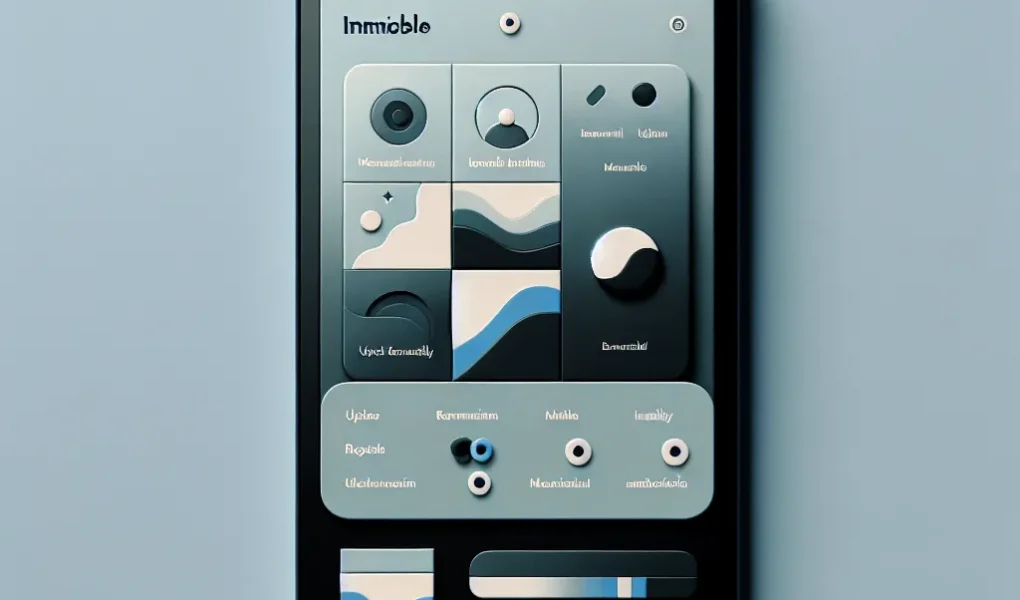The Impact of Intuitive Interface Design on User Engagement
Enhancing user engagement through intuitive interface design is crucial for the success of any digital platform. The impact of intuitive interface design on user engagement cannot be overstated, as it directly influences how users interact with and perceive a product or service. A well-crafted intuitive interface can significantly improve user satisfaction, task efficiency, and ultimately drive higher levels of engagement.
When users encounter a website or application with an intuitive interface, they are more likely to navigate effortlessly, find desired information, and accomplish tasks with minimal frustration. This positive user experience leads to increased engagement and can be attributed to the thoughtful design elements that prioritize ease of use and intuitive interactions.
Furthermore, intuitive interface design contributes to higher user retention rates as it fosters a sense of familiarity and comfort, encouraging users to return to the platform. By streamlining the user experience and reducing cognitive load, intuitive interfaces create an environment where users can focus on their goals without being impeded by complex or confusing design elements.
In essence, the impact of intuitive interface design on user engagement is multi-faceted, encompassing aspects of user satisfaction, task efficiency, retention, and overall interaction quality. As digital platforms continue to evolve, prioritizing intuitive interface design will be imperative for sustaining user engagement and driving the success of online products and services.
Effective Strategies for Enhancing User Interaction through Intuitive Design
User engagement is a critical aspect of any digital platform, and one of the most effective strategies for enhancing user interaction is through intuitive interface design. An intuitive interface can significantly improve user engagement by providing a seamless and user-friendly experience. To achieve this, designers should focus on several key elements, including clear navigational pathways, visually appealing layouts, and interactive elements that guide users through the platform.
Clear navigational pathways are essential for ensuring that users can easily find the information or features they are looking for. This can be achieved through the use of logical menu structures, prominent calls to action, and intuitive search functionalities. By streamlining the navigation process, users are more likely to engage with the platform and explore its content.
Visually appealing layouts play a crucial role in capturing users’ attention and encouraging them to interact with the interface. Utilizing high-quality imagery, balanced typography, and consistent branding elements can create a visually stimulating environment that entices users to stay engaged with the platform. Additionally, the use of whitespace and clear visual hierarchy can guide users’ focus towards key elements, promoting interaction and exploration.
Interactive elements, such as hover effects, animations, and micro-interactions, can also enhance user engagement by providing feedback and acknowledgment of user actions. These elements not only make the interface more engaging but also contribute to a sense of responsiveness and interactivity, ultimately making the user experience more enjoyable and compelling.
In conclusion, effective strategies for enhancing user interaction through intuitive design involve the implementation of clear navigational pathways, visually appealing layouts, and interactive elements. By prioritizing these elements, designers can create interfaces that not only captivate users’ attention but also foster meaningful engagement, ultimately leading to a more satisfying user experience.
Maximizing User Engagement: The Role of Intuitive Interface Design
User engagement is a crucial aspect of successful digital products, and intuitive interface design plays a significant role in maximizing user engagement. An intuitive interface can create a seamless and enjoyable user experience, encouraging users to explore and interact with the product. By focusing on simplicity, clear navigation, and user-centered design, intuitive interfaces can enhance user engagement and drive positive outcomes for businesses.
Designing an intuitive interface involves understanding the target audience and their preferences, behavior, and expectations. By incorporating user research and usability testing, designers can create interfaces that resonate with users, making it easier for them to accomplish their tasks and achieve their goals. This user-centric approach not only enhances user satisfaction but also fosters long-term engagement with the product.
Additionally, the use of visual cues, interactive elements, and feedback mechanisms in intuitive interface design can guide users through the interface, making the experience more transparent and engaging. By providing clear signposts and meaningful feedback, users feel more confident and in control, leading to a deeper level of engagement with the product.
In conclusion, intuitive interface design plays a pivotal role in maximizing user engagement. By focusing on user needs, clear design principles, and interactive elements, businesses can create interfaces that are not only easy to use but also foster strong connections with users, ultimately leading to enhanced engagement and user satisfaction.



